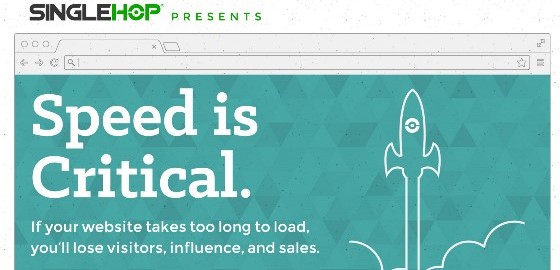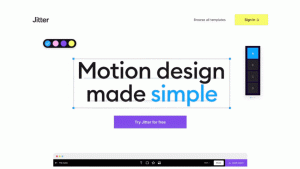Who likes waiting in line? I certainly don’t. Have you ever been to a theme park and waited countless hours in line only to ride a 2 minute ride? I know I have.
Even the most patient people in the world don’t like long waits. This is ever so apparent with surfing the web. People like to move at lightning speed when they are online, and if they hit a site that is slow, you can guarantee they will hit the dusty trail.
So it’s important to take in account the speed of your website. Believe it or not, but 1 out of every 4 visitors on average will leave if a page takes 4 seconds or longer to load. That’s right. Only 4 seconds!! Seems a little inpatient, but it’s the unfortunate reality of the internet. People want results 10 seconds ago, and if they don’t get them, they’re gone.
So here’s a few tips that could help speed things up.
HTTP Requests
These little buggers will have your visitors pulling their hair out. When a webpage on your site loads, there is time spent loading whatever is on that page — images, spreadsheets, videos, etc. An HTTP request is made for each of those, so try not to do overdo it with the pages components.
Browser Caching
This comes back to HTTP requests again. By enabling browser caching, you’re allowing your website to basically remember what it had to download from a previous visit. Once the HTTP requests have been stored in a cache, only a few components will need to be downloaded for subsequent visits, eliminating some unnecessary HTTP requests.
Image Sizing
Image sizing can be the difference between a quick page and a slow page, and it’s a very easy fix. First, you want to make sure you images are a good size, which means not too big, and of course, not too small. This will depend on the size of your template you are using. Finally, you want to save your photos in the right format. Try to stick with either JPEGs or PNGs. GIFs are OK if with small files and BMPs and TIFFs are a no-no.
So there you have it; a few tricks to get your site running at a nice speed. If you’d like to learn more, take a look at the infographic below created by Rick Talavera of SingleHop.

(145)
Report Post




